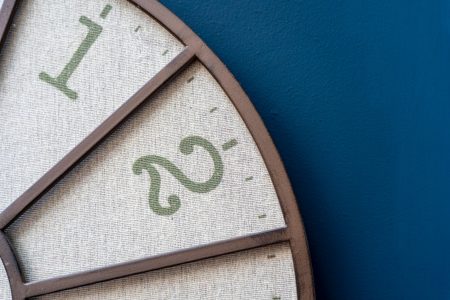
In a previous series, I laid out a 5-step productivity process for leaders, which I then turned into a Productivity Blueprint (see my bio below for how to access). This post dives deeper into the third of the five steps, doing for maximal productivity.
Blocking out time on our calendar is great for diving deeply into specific tasks. But you might be thinking, what about the many tasks on our plates each day? You know, the ones that require but a few minutes, that you can knock out in around 2-minutes? What should we do then?
Author and productivity consultant David Allen is famous for his “2-minute rule.” The rule is: If it takes less than two minutes, then do it now. The reason for this is simple. For many of these tasks, like replying to an email or calling someone back, the effort needed to keep remembering them, or even to write them down in a way that you’ll actually remember later, exceeds just getting them out of the way.
Think about it. How many times have you thought of a quick something that you needed to do but before you got around to doing it, it had disappeared from your mind completely? Sure, you were only pushing it off so that you could do more important things. However, there were consequences for not following through.
These mini tasks are governed by what’s known as the “one touch rule.” This rule states that if a task can be completed right away and quickly, they should just be done. If it is important for you to do and you have the time to do it, then get it done straight away. Postponing important tasks often leads to procrastination or feelings of anxiety or stress, which will only slow you down.
There are other benefits in knocking out 2-minute tasks. One is that it helps you build momentum while enhancing your mood. Studies have shown that crossing off even small tasks from your to-do list gives you a boost of momentum and boosts your mood. By simply recognizing that this is a “2-minute” task that we can get done quickly, we stop planning, engage in less ruminating about the task, and just get it done. We’re training our brains to think less and do more (but not in the irresponsible sense of the term).
The 2-minute rule is also helpful to de-clutter your mind as well as your workspace. Instead of holding onto all these potential tasks you need to do at some point, clear them out of the way so you can focus more on what really matters. By quickly disposing of smaller tasks, we can prevent things (both physical, like forms, and digital, such as email,) from accumulating around us, which is helpful to stop procrastination and improve productivity.
Sounds simple enough, right? But there’s an obvious problem.
What if the 2-minute task is completely unrelated to what you need to be doing right now? Worse, what if it interrupts you (or you simply choose to attack it) at just the wrong time? And, we also know that many “2-minute” tasks take more time, either inherently or because something else comes up on the back end.
Even if we do manage to complete them in the allocated time, they can lead us down a path of diversion that pulls us away from what we were working on. Getting back on track from a 2-minute task can be harder than many of us might think.
So, where does that leave us?
For Allen’s 2-minute rule to work, we need to set some limits.
- Only work on 2-minute tasks that relate to the larger assignment that you’re working on (when relevant). An example of this would be to respond to emails pertinent to the project that you’re involved with.
- Set aside a larger time block for your 2-minute tasks. Having dedicated time for all other unrelated tasks will allow you to focus on your current work and mentally satisfy the urge you’ll feel to address them sooner.
- Immediately decide your next steps. This might include designating a time on your calendar to focus on a report or quickly review a document and place it on a visible part of your desk to drop it off the next time you step away. Drag and drop emails into marked folders.
Naphtali Hoff, PsyD, is an executive coach who helps busy leaders be more productive so that they can scale profits with less stress and get home at a decent hour. Register for his free productivity webinar at naphtalihoff.com/webinar.



















